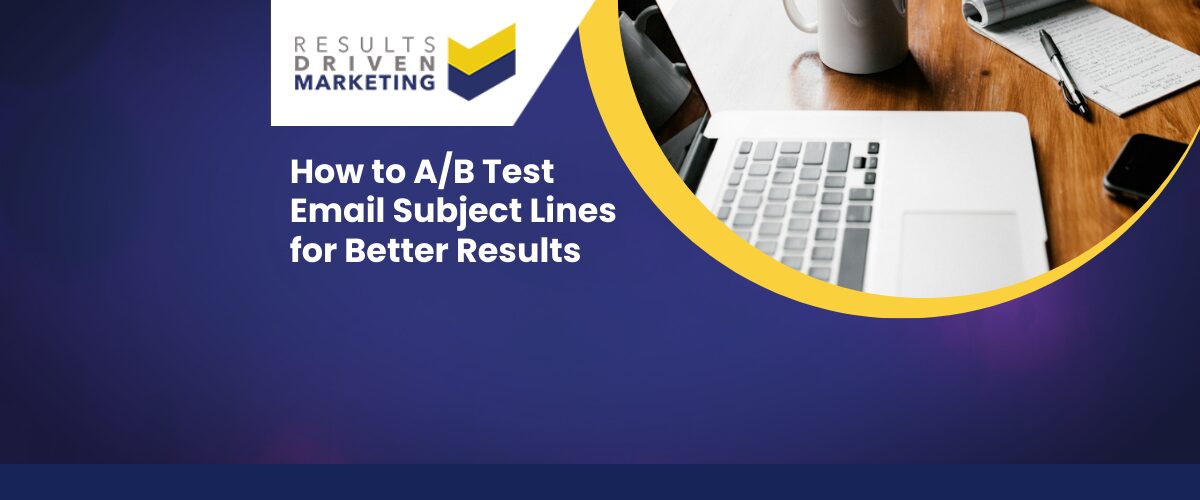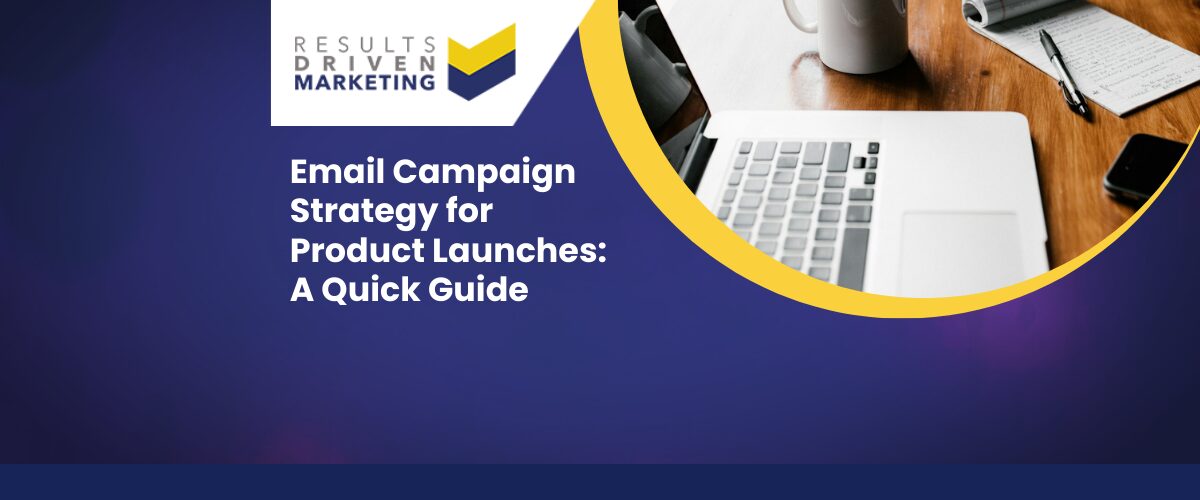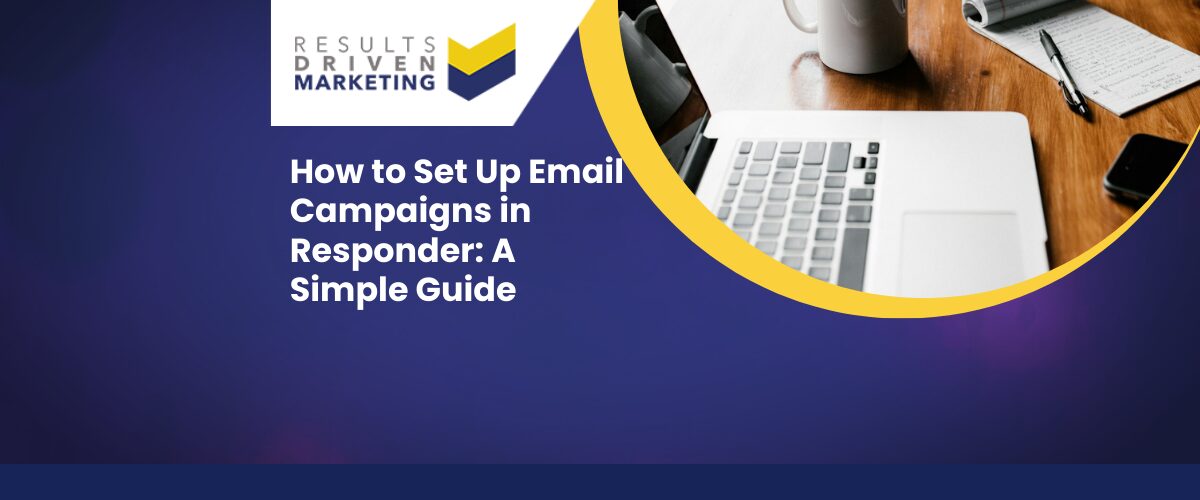
How to A/B Test Email Subject Lines for Better Results
If you want more people to open your marketing emails, learning how to A/B test email subject lines is a quick win—especially for B2B campaigns using purchased data. After all, if your message never gets opened, it doesn’t matter how good the content is inside.
But what kind of subject line actually works? Short and sharp? Personalised? Question-based? The truth is, there’s no single answer—that’s where A/B testing comes in.
A/B testing removes the guesswork. It helps you figure out, with real data, what gets attention in your audience’s inbox. And for SMEs, that insight can mean more replies, more leads, and better ROI from every campaign.
In this post, we’ll show you exactly how to structure, run, and learn from a subject line test—step by step. No fluff. Just clear, practical advice that helps your email performance improve fast.
Table of contents:
Why Subject Lines Matter in B2B Email Campaigns
Your subject line is your first (and often only) chance to get noticed. In a crowded inbox, it’s the split-second moment where your recipient decides whether to open—or ignore—your email.
For B2B campaigns, especially those using purchased data, subject lines play a critical role in building trust and curiosity. You’re reaching out to people who don’t know you yet—so every word has to work harder.
Here’s why it matters:
-
Higher open rates mean more opportunities. If your email isn’t opened, your message can’t convert.
-
A strong subject line sets expectations. It gives a sense of tone, value, and relevance before they even click.
-
It signals professionalism. A well-written subject line builds credibility, which is essential when your name and company are unfamiliar.
In short, the subject line isn’t a throwaway—it’s one of the most important parts of your campaign. And that’s exactly why testing it makes sense.
What is A/B Testing in Email Marketing?
Before we get into how to A/B test email subject lines, let’s quickly cover what A/B testing actually means in this context.
A/B testing—also known as split testing—is when you compare two versions of something to see which performs better. In email marketing, that usually means sending two different subject lines to separate segments of your audience and tracking which one gets the higher open rate.
Here’s how it works:
-
You create two subject lines for the same email
-
Split your audience randomly into two equal groups
-
Send each group a different version at the same time
-
Measure performance, typically based on open rate
Why does it work? Because it takes the guesswork out. Rather than relying on instinct or opinions, you let real-world data guide your decisions. For SMEs using cold email outreach, this kind of insight can quickly lead to better performance—and better ROI.
How to A/B Test Email Subject Lines: Step-by-Step
Now that you know why it matters, here’s how to A/B test email subject lines in a simple, structured way. Whether you’re running a cold outreach campaign or re-engaging old leads, this method applies.
1. Define Your Goal
Start by getting clear on what you’re testing for. With subject lines, it’s usually about improving open rates—since that’s the metric most directly affected by the subject line. If you’re also measuring replies or clicks, that’s fine—but for a clean test, focus on one outcome at a time.
2. Choose What You Want to Test
Decide what kind of variation you want to explore. Here are a few proven subject line variables to test:
-
Tone: Casual vs formal
-
Length: Short (“Quick question”) vs longer (“How SMEs improve lead gen in 2024”)
-
Format: Statement vs question
-
Personalisation: Using a name or company vs plain
-
Value proposition: Lead with benefit or pain point
Keep it focused—test one thing at a time for clean results.
3. Split Your Audience Randomly
Divide your email list into two equal, randomly selected segments. Each segment should be similar in size and profile to ensure a fair test. Most email platforms support split testing, but if you’re doing it manually, double-check there’s no audience skew.
4. Keep Everything Else the Same
Aside from the subject line, all other variables should remain consistent:
-
Same email content
-
Same sender name and address
-
Same send time
-
Same list source and structure
This ensures any performance change is genuinely due to the subject line—not something else.
5. Analyse the Results
Once your emails have sent, review performance metrics:
-
Compare open rates
-
Optional: track click or reply rates
-
Ensure sample size is sufficient (avoid premature outcomes)
-
Allow the test to run for 24–48 hours before interpreting results
With this approach, you remove guesswork and steadily boost your email performance.
Subject Line Ideas to Test
If you need inspiration, here are a few subject line styles worth trying—especially for cold B2B outreach using purchased data:
-
Tone-based Variations:
-
“Quick question for you” (casual)
-
“Opportunity to discuss B2B lead generation” (formal)
-
-
Length-based Variations:
-
“New leads for your sales team” (short)
-
“Here’s how SMEs are improving lead generation in 2024” (longer)
-
-
Value vs Pain-point Focus:
-
“How to boost your outreach results this month” (benefit)
-
“Struggling with poor email response rates?” (problem)
-
-
Personalisation Tests:
-
“John, are you open to a quick idea?” (personalised)
-
“A better way to target decision-makers” (generic)
-
-
Curiosity vs Direct:
-
“This surprised one of our SME clients” (curiosity)
-
“Lead data for your next campaign” (direct)
-
Different audiences respond to different cues—testing reveals what your market prefers.
A/B Testing Pitfalls to Avoid
Even simple tests can go off-track. Watch out for these common mistakes:
-
Testing too many variables at once — stick to one change
-
Using too small a sample size — aim for hundreds per version
-
Drawing conclusions too soon — wait 24–48 hours
-
Not documenting results — keep a record for future reference
-
Ignoring external factors — consider timing and deliverability
Avoid these, and your testing becomes reliable and repeatable.
Why Choose Results Driven Marketing
At Results Driven Marketing, we don’t just deliver targeted B2B data—we help you make the most of every send.
Here’s why we’re the right fit:
-
GDPR-compliant data – built-in consent and opt-out structure
-
Tailored targeting – choose from 2,000+ UK sectors and decision-maker roles
-
Fast turnaround – most lists delivered within 24 hours
-
Support that cares about results – real people, real advice, real ROI
Need help refining your testing or targeting strategy? We’ve got your back.
Final Thoughts: Let the Data Decide
Subject lines aren’t guesswork when you A/B test them. Testing gives you actual insight—open rate improvements are no longer a shot in the dark.
This is a low-effort, high-impact tactic that UK SMEs using B2B data can use immediately. Keep testing, keep learning—and watch your results grow.
Ready to optimise your next campaign? Contact us for a free review—or partner with our email lists to start targeting smarter today.
Results Driven Marketing
Trading Name of IIB Trading Ltd
📍 Cobalt Business Exchange, Newcastle
📞 0191 406 6399
🌐 rdmarketing.co.uk
Premium B2B marketing lists. Honest advice. Real results.





